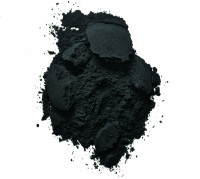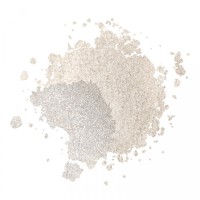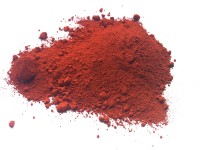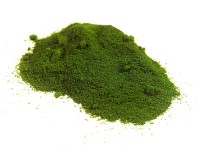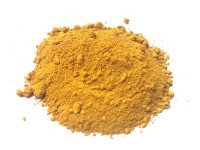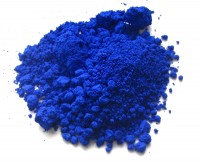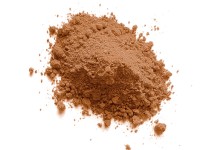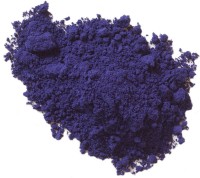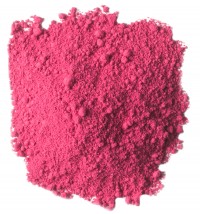Black
Black derives from words invariably meaning the color black, as well as dark, ink and “to burn.” Originally meaning, burning, blazing, glowing and shining, in PIE it was *bhleg. This was changed to *blakkaz in Proto-Germanic, to blaken in Dutch and blaec, in Old English. This last word, blaec, also meant ink, as did blak (Old Saxon) and black (Swedish). The color was called blach in Old High German and written blaec in Old English. One final meaning, dark (also blaec in Old English) derived from the Old Norse blakkr.
White
White began its life in PIE as *kwintos and meant simply white or bright. This had changed to *khwitz in Proto-Germanic, and later languages transformed it into hvitr (Old Norse), hwit(Old Saxon) and wit (Dutch). By the time Old English developed, the word was kwit.
Red
In PIE, red was *reudh and meant red and ruddy. In Proto-Germanic, red was *rauthaz, and in its derivative languages raudr (Old Norse), rod (Old Saxon) and rØd (Danish). In Old English, it was written read.
Green
Meaning grow in PIE, it was *ghre. Subsequent languages wrote it grene (Old Frisian), graenn(Old Norse) and grown (Dutch). In Old English, it was grene and meant the color green as well as young and immature.
Yellow
Thousands of years ago, yellow was considered to be closely related to green, and in PIE it was *ghel and meant both yellow and green. In Proto-Germanic, the word was *gelwaz.Subsequent incarnations of German had the word as gulr (Old Norse), gel (Middle High German) and gelo (Old High German). As late as Old English, yellow was written geolu andgeolwe.
Blue
Blue was also often confused with yellow back in the day. The PIE word was *bhle-was and meant “light-colored, blue, blond yellow” and had its root as bhel which meant to shine. In Proto-Germanic, the word was *blaewaz, and in Old English, it was blaw. English also gets some of its words from French, and blue is one of them. In Old French (one of the vulgar Latin dialects whose height was between the 9th and 13th centuries AD) blue was written bleu and blew and meant a variety of things including the color blue.
Brown
Derived from the Old Germanic for either or both a dark color and a shining darkness (brunozand bruna),brown is a recent addition to our language. In Old English it was brun or brune, and its earliest known writing was in about 1000 AD.
Purple
This word also skipped the PIE and seems to have sprung up in the 9th century AD, in Old English aspurpul. Burrowed from the Latin word purpura, purple originally meant alternately, “purple color, purple-dyed cloak, purple dye . . . a shellfish from which purple was made . . . [and] splendid attire generally.”
Orange
This color’s name derives from the Sanskrit word for the fruit naranga. (Yes, the color orange was named after the fruit, not the other way around). This transformed into the Arabic and Persian naranj, and by the time of Old French to pomme d’orenge. It was originally recorded in English as the name of the color in 1512. Before then, the English speaking world referred to the orange color as geoluhread, which literally translates to “yellow-red.”
Pink
One of the most recent colors to gain a name, pink was first recorded as describing the “pale rose color” in 1733. In the 16th century, pink was the common named to describe a plant whose petals had a variety of colors (Dianthus), and it originally may have come from a Dutch word of the same spelling that meant small.
Read the original article with information on the parents of Modern English, here.

